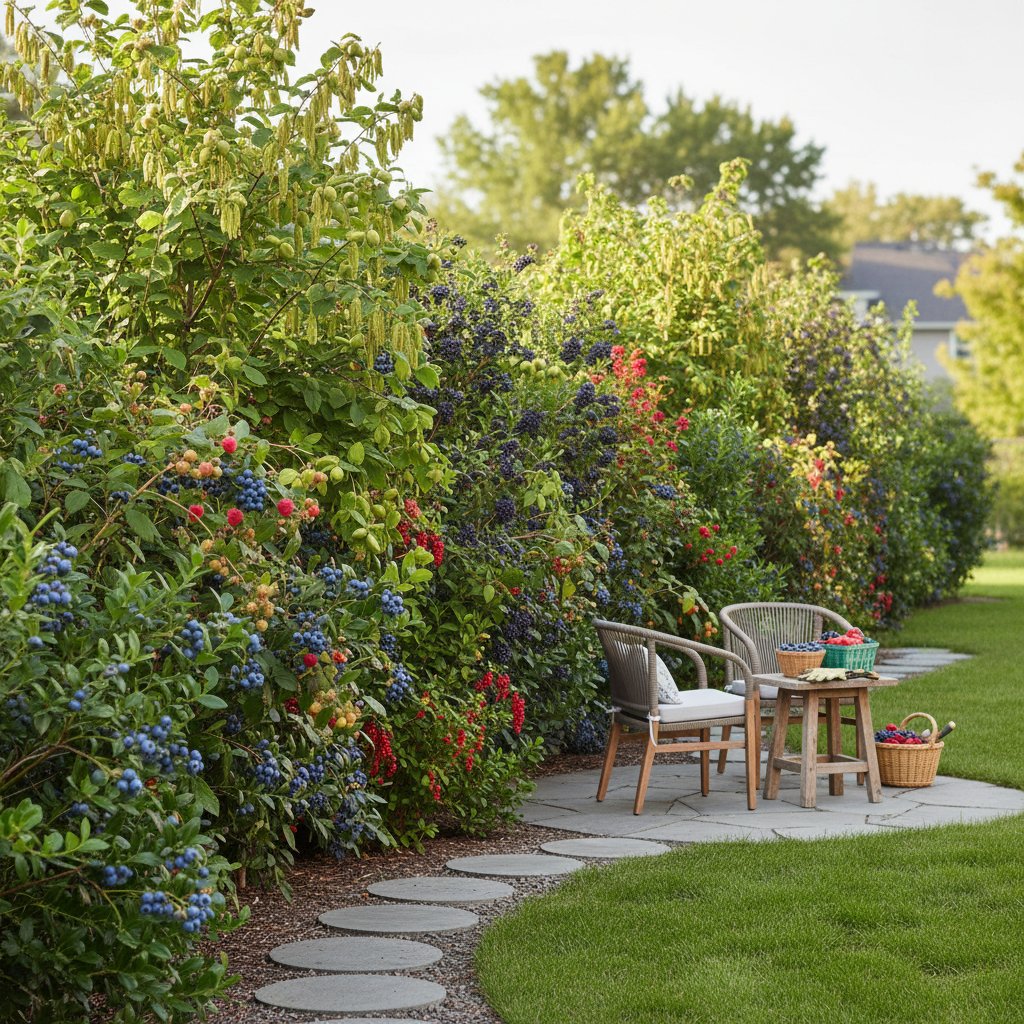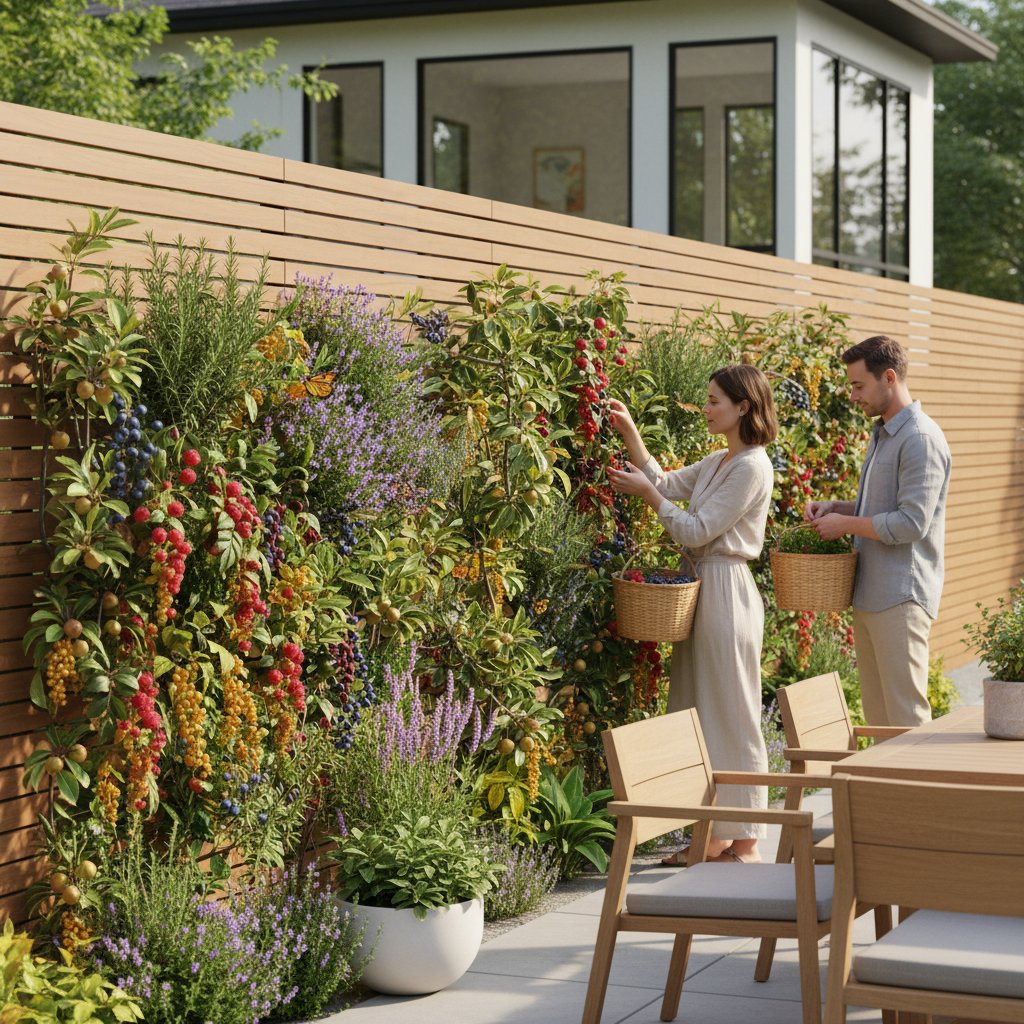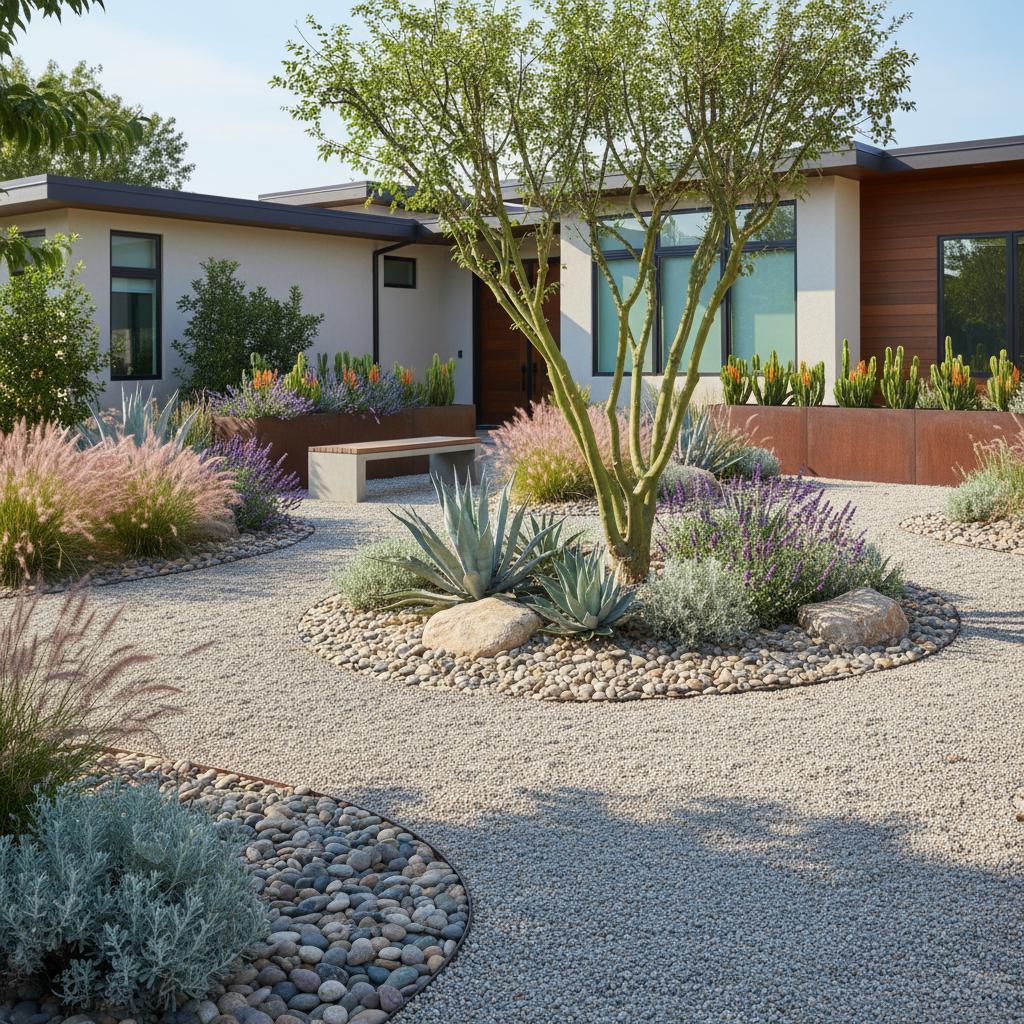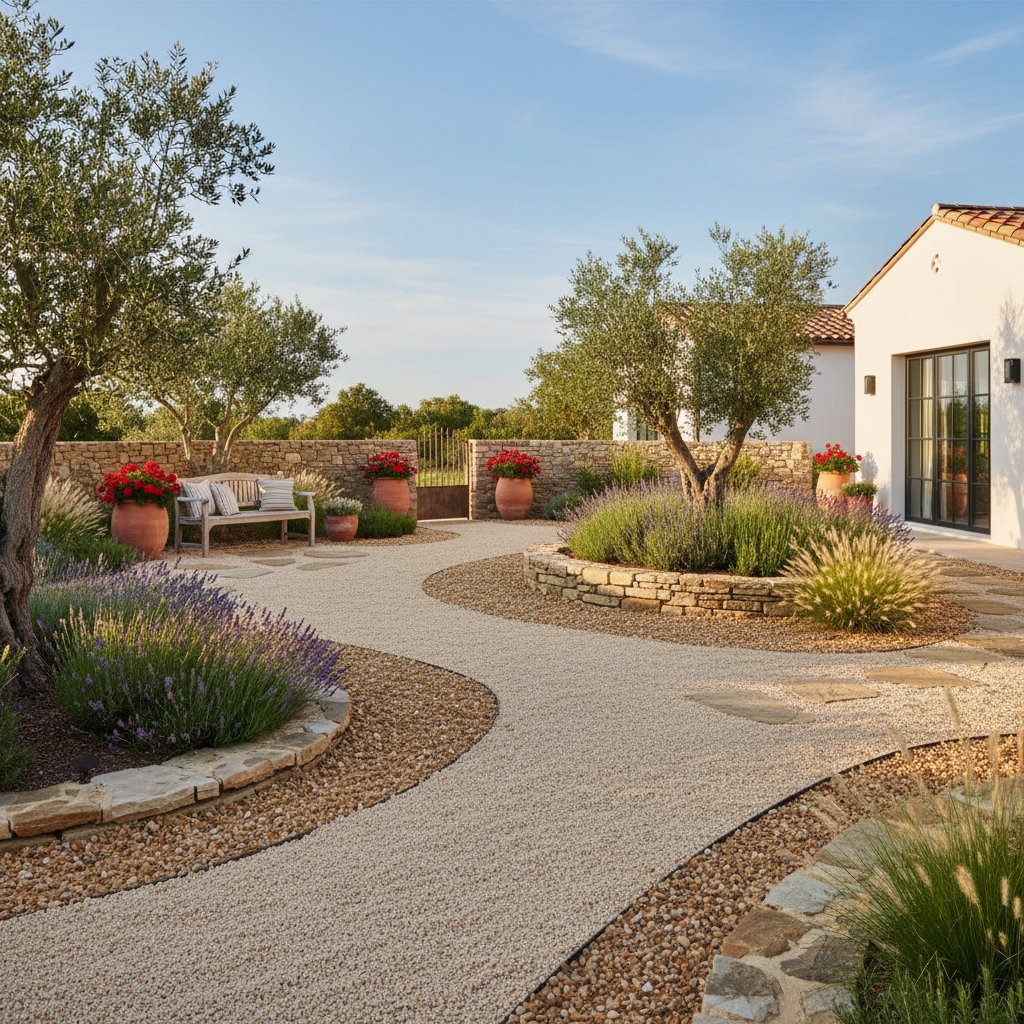Build Privacy with Edible Hedges You Will Harvest
Gardens that provide tangible returns offer profound satisfaction. These spaces deliver not only visual appeal and seclusion but also fresh produce for the table. Homeowners increasingly view their yards as dynamic ecosystems that sustain both physical well-being and emotional fulfillment. An edible hedge embodies this harmony, forming a vibrant boundary rich in life and productivity.
The Appeal of a Dynamic Barrier
Conventional privacy options, such as evergreen shrubs or solid fences, fulfill basic needs yet often appear unchanging. In contrast, an edible hedge evolves through the seasons with blooms, fruits, and shifting hues. It attracts birds and pollinators, while gently blurring yard edges for a more inviting atmosphere. This approach fosters a sense of openness amid enclosure.
Edible hedges serve multiple roles, from defining property boundaries to shielding patios or mitigating street noise. Each selected plant contributes beyond mere screening by yielding edible rewards. Homeowners thus experience the direct outcomes of their landscaping choices through taste and texture.
Selecting Productive Plants
Effective edible hedges blend form, function, and yield. Consider factors like growth patterns, upkeep requirements, and year-round appearance when choosing species. Recommended options include:
- Blueberries: These compact shrubs reach 4 to 6 feet tall and form dense screens. They prefer acidic soil with a pH of 4.5 to 5.5 and deliver sweet berries alongside vivid red-orange autumn leaves. Plant in USDA zones 3 to 8 for reliable performance.
- Raspberries or Blackberries: Fast-growing canes extend up to 8 feet, creating impenetrable barriers with support structures like trellises. Expect abundant crops from summer through fall, though annual pruning prevents overcrowding. Suitable for zones 4 to 9.
- Currants and Gooseberries: These reach 3 to 5 feet and tolerate partial shade well. Their upright growth supports clusters of tart, vibrant fruits ideal for jams or fresh eating. They adapt to zones 3 to 7 with minimal fuss.
- Hazelnuts: Taller options at 10 to 15 feet evoke a natural woodland vibe. Filbert nuts appear after 3 to 5 years, paired with attractive catkins in spring. Choose zones 4 to 9 and space 10 feet apart for air flow.
- Serviceberries (Juneberries): Multi-stemmed shrubs or small trees grow 15 to 25 feet, offering white spring flowers, purple summer berries, and red fall color. Berries taste like blueberries and attract wildlife. Thrive in zones 4 to 9.
Mixing varieties enhances biodiversity and extends harvest periods. Pair early-blooming serviceberries with late-fruiting blackberries for continuous interest. This strategy promotes a cohesive, resilient hedge that avoids a haphazard look.
Designing for Effective Screening and Convenience
Privacy demands sufficient height and density to obscure views. Aim for 6 to 8 feet in most residential settings to enclose without dominating. Space plants according to mature width, typically 3 to 6 feet apart, ensuring branches interlace over time.
Incorporate pathways for practical upkeep and harvesting. A 2-foot-wide access strip along the base allows pruning and picking without damage. Double-row plantings, with taller species behind shorter ones, add depth and a naturalistic lushness.
Tailor the hedge shape to your garden style. Formal shearing produces crisp lines for structured landscapes, while light pruning suits informal settings. Regardless, prioritize sun exposure of at least 6 hours daily and good ventilation to prevent disease.
Nurturing Your Hedge
Establishing an edible hedge requires patience, as plants may take 2 to 5 years to mature. Prune annually in late winter to promote bushiness and control size, removing dead or crossing branches. Enrich soil with compost before planting and maintain even moisture, especially during the first two seasons.
Apply 2 to 3 inches of organic mulch around bases to conserve water and deter weeds. Fertilize sparingly with a balanced product in spring, adjusting for soil tests. Balance trimming to sustain yields; excessive cuts diminish fruit, while neglect invites pests.
Monitor for common issues like powdery mildew on currants or birds raiding berries. Netting or companion planting with herbs can help. This ongoing care integrates seamlessly into garden routines, yielding healthier plants and better harvests.
Integrating the Hedge into Daily Life
A mature edible hedge integrates deeply into home routines. Harvest berries for morning smoothies or nuts for baking, all while enjoying the enclosure it provides. Seasonal tasks, such as summer picking or fall cleanup, strengthen your connection to the space.
This living feature softens boundaries compared to rigid fences, creating intimate yet open areas. Observe subtle shifts, from budding leaves to ripening clusters, which highlight the unity of seclusion and productivity.
Steps to Establish Your Edible Hedge
Begin with a test section of 10 to 20 feet near a low-traffic area like a driveway. Assess soil pH and drainage, amending as needed for your chosen plants. Source healthy, disease-free stock from reputable nurseries.
Plant in early spring or fall, digging holes twice as wide as root balls and watering deeply. Monitor growth in the first year, staking vigorous types if necessary. Expand gradually, replicating successes and noting adaptations to local conditions.
Through this process, your hedge evolves into a generous asset. It shelters views, sustains meals, and deepens ties to the natural world surrounding your home.



